Scientific name Arctostaphylos Rank Genus | Higher classification Ericaceae | |
 | ||
Lower classifications Bearberry, Arctostaphylos manzanita, Arctostaphylos alpina, Arctostaphylos densiflora, Arctostaphylos pungens Similar Manzanita, Water, Empetrum, Lingonberry, Yarrow | ||
Arctostaphylos dens howard mcminn
Arctostaphylos (/ˌɑːrktoʊˈstæfᵻləs, -lɒs/; arkto bear + staphyle grape) is a genus of plants comprising the manzanitas (/ˌmænzəˈniːtəz/) and bearberries. They are shrubs or small trees.
Contents
- Arctostaphylos dens howard mcminn
- Uva ursi kinnikinnick arctostaphylos uva ursi
- Taxonomy
- Distribution
- Cultivation
- References
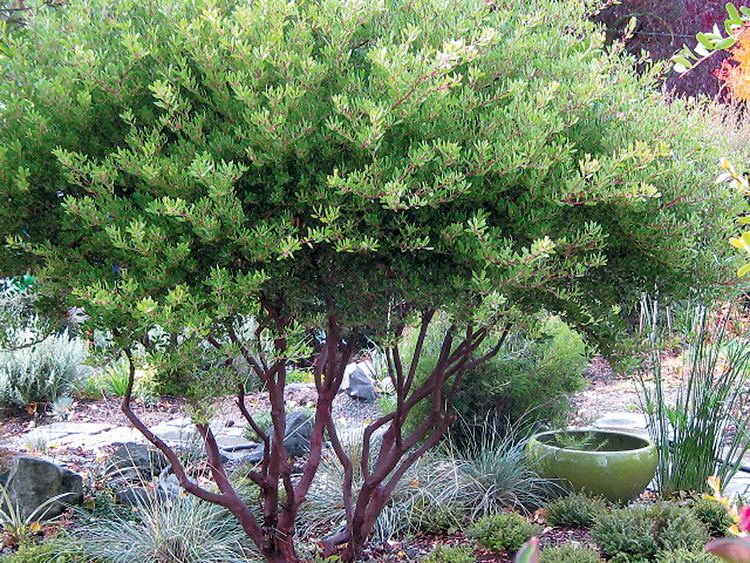
There are about 60 species of Arctostaphylos, ranging from ground-hugging arctic, coastal, and mountain species to small trees up to 6 m tall. Most are evergreen (one species deciduous), with small oval leaves 1–7 cm long, arranged spirally on the stems. The flowers are bell-shaped, white or pale pink, and borne in small clusters of 2-20 together; flowering is in the spring. The fruit are small berries, ripening in the summer or autumn. The berries of some species are edible.
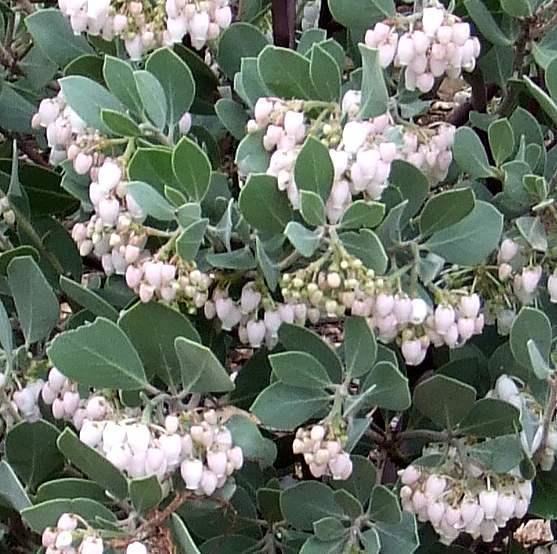
Arctostaphylos species are used as food plants by the larvae of some Lepidoptera species including Coleophora arctostaphyli (which feeds exclusively on A. uva-ursi) and Coleophora glaucella.
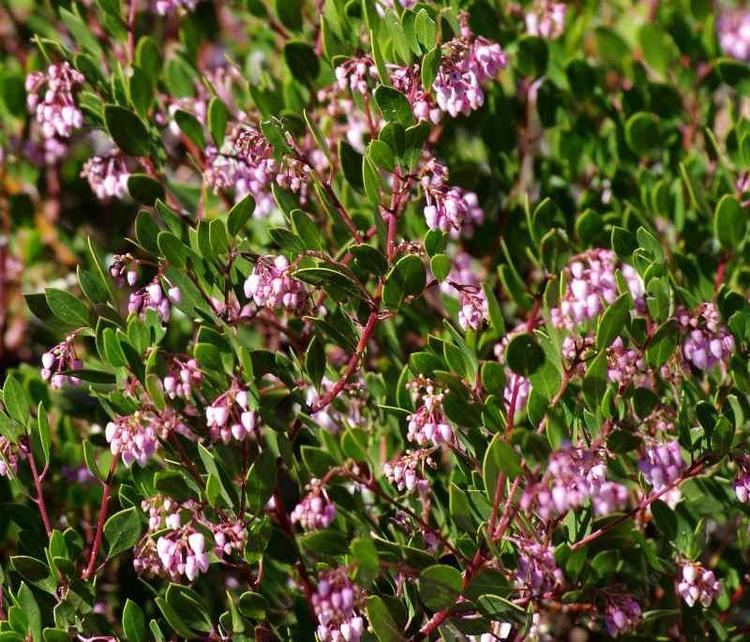
Uva ursi kinnikinnick arctostaphylos uva ursi
Taxonomy
According to Philip V. Wells in The Jepson Manual and other sources, there are two subgenera of Arctostaphylos:
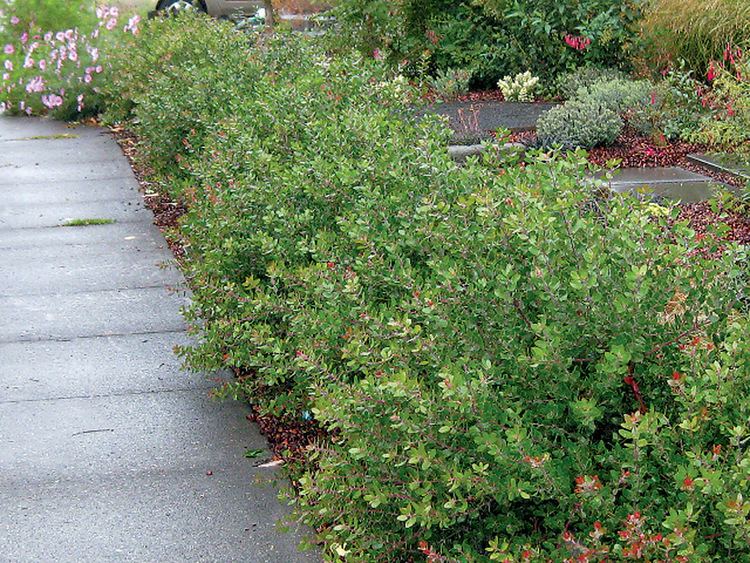
See also the closely related genus Comarostaphylis, previously often included in Arctostaphylos.
Distribution
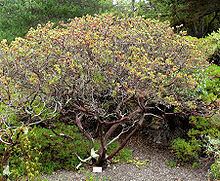
Manzanitas, the bulk of Arctostaphylos spp., are present in the chaparral biome of western North America, where they occur from southern British Columbia in Canada, Washington to California and New Mexico in the United States, and throughout much of northern and central Mexico.
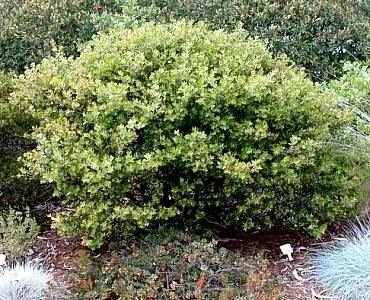
Three species, the bearberries, A. alpina (alpine bearberry), A. rubra (red bearberry) and A. uva-ursi (common bearberry), have adapted to arctic and subarctic climates, and have a circumpolar distribution in northern North America, Asia and Europe.
An unusual association of manzanita occurs on Hood Mountain, in Sonoma County, California, where stands of pygmy forest dominated by Mendocino Cypress are found.
Cultivation
Cultivation is generally difficult due to fungal diseases, and often salinity and alkalinity. Overhead watering should be avoided in hot weather. Some cultivars are easier to grow.
